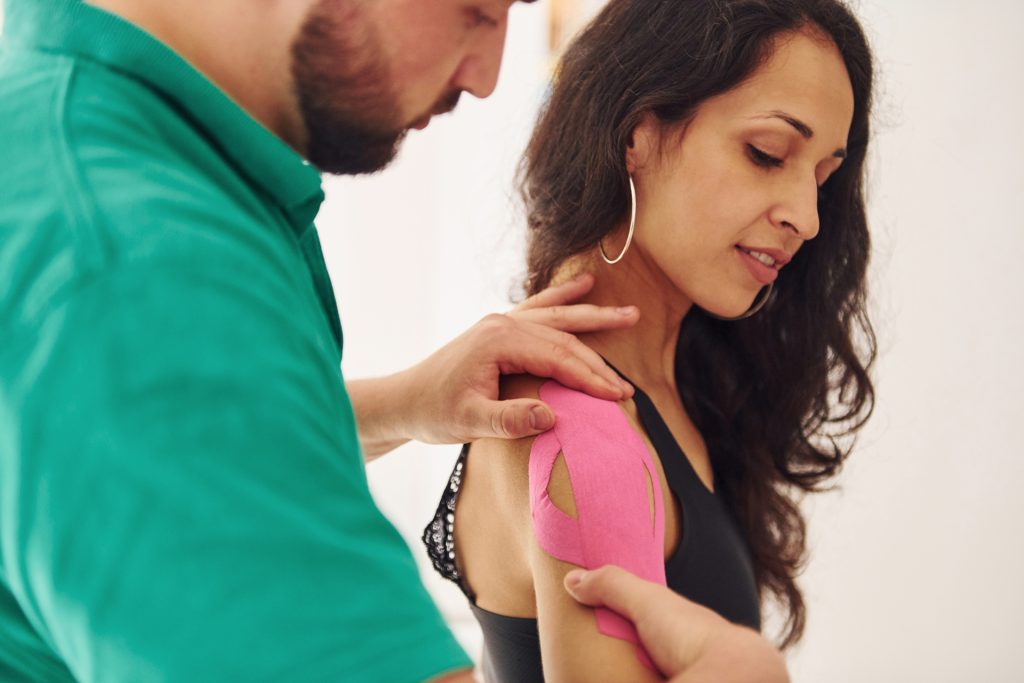Introduction to muscle transfers in shoulder surgery
Shoulder dysfunction due to Nerve damage, rotator cuff tears or muscle atrophy can significantly reduce the quality of life. During the joint replacement is a common solution for severe shoulder disorders, muscle muscle transfers offer an alternativeto restore function restore function without artificial implants.
Muscle transfers enable the relocation of healthy musclesto compensate for the loss of functionso that patients can improve their mobility and reduce pain. This article describes when muscle transfers are useful, which muscles are used and what advantages they have compared to total shoulder joint replacement.
